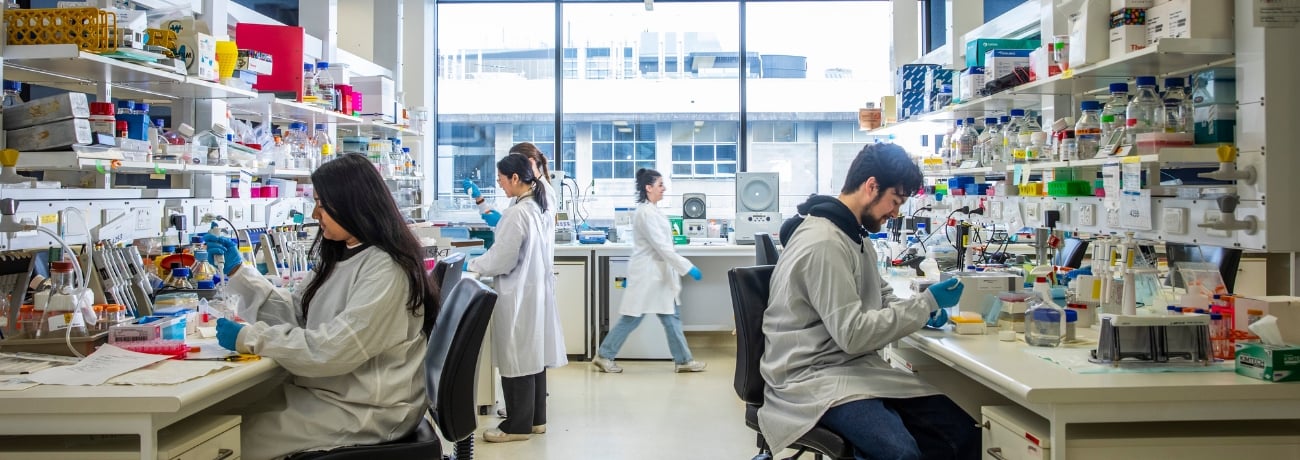Scientists from the Florey Institute of Neuroscience and Mental Health in Melbourne, Australia, have taken the first steps towards introducing such an intervention.
MDMA raises the levels of a neurotransmitter in the brain called serotonin, by preventing its clearance from the synapse – the connection between brain cells.
In primate studies conducted at Johns Hopkins University in Baltimore, USA, sustained levels of excess serotonin were shown to damage the ‘wires’ that connect brain cells, known as axons.
The Florey team, led by Professor Phil Beart and Professor Andrew Lawrence, have described how an existing pharmaceutical agent, rilmenidine, blocks the toxic biochemical events occurring inside brain cells after MDMA overdose, rescuing the axonal damage.
The drug MDMA, with street names ‘ecstasy’, ‘bikkies’, ‘pills’, ‘E’, amongst others, comes in gelcaps or pill form that is taken orally, or crushed up for nasal ingestion.
Because the source of MDMA is usually not known, and pills from illicit manufacturing laboratories come in varying purity, users are often not sure how much drug they are taking, which can lead to overdoses.
The researchers stress that their work is very preliminary and was performed on serotinergic brain cells grown in a dish in the laboratory, and needs to be extended first to preclinical studies and then potentially human trials.
However, as rilmenidine is already an approved medication, currently being routinely used to treat high blood pressure, there is the potential for a significantly reduced lab-to-patient timeframe, compared to bringing an untested, new drug to market.
The research, MDMA-induced neurotoxicity of serotonin neurons involves autophagy and rilmenidine is protective against its pathobiology was published in the journal Neurochemistry International, and is available as a free download.
